The Great Tweed Anxiety
Are you a sufferer of Tweed Anxiety? Well, you’re not alone—many people are, and I understand it, to be honest.
Tweed, when worn incorrectly, can give off the wrong look altogether. It can make you seem too formal, too professorial, or like you’ve stepped straight out of a costume drama. But if you embrace it and wear it with confidence, tweed can look effortlessly cool. It’s a fabric with history, texture, and character—one that has survived centuries of fashion shifts for a reason.
A Brief History of Tweed: From Utility to Elegance
Tweed wasn’t always the symbol of refinement and intellectual cool that we associate it with today. Its origins are far more rugged, rooted in the harsh landscapes of Scotland and Ireland. The fabric was developed as a practical solution for outdoor labourers and estate owners who needed warmth, durability, and weather resistance against the relentless wind and rain of the British Isles.
The name “tweed” itself is often said to be a mistake. Originally called “tweel” (a Scots dialect word for twill, referring to its woven structure), the story goes that a London merchant misread the label and assumed it referred to the River Tweed in Scotland. The name stuck, and so did the fabric.
Tweed gained popularity among the British aristocracy in the 19th century, when wealthy landowners commissioned estate tweeds—unique patterns woven specifically for their estates, acting almost like a uniform for their gamekeepers and staff. This elevated tweed from simple workwear to a status symbol. By the early 20th century, it had made its way into academia, sportswear, and even high fashion.
The Ivy League Tweed Connection
I’ve always found it fascinating how American students once wanted to look British, and now, in many ways, we Brits want to look American. It reminds me of how the music industry worked in the ’60s—the British Invasion happened, and then American bands started trying to emulate that sound. Tweed carries a similar back-and-forth connotation.
If you look at 1960s university students, especially within the Ivy League, there was a clear admiration for British tailoring, fabrics, and heritage brands. At the same time, British students started adopting a more relaxed, Americanised approach to dress. This exchange of style ideas helped shape how we see tweed today—not just as something for countryside estates but as a fabric that works in everyday wardrobes.
Building an Outfit Around Tweed
One of the things I love most about tweed is the depth of colour within the fabric. Unlike solid wool or cotton, tweed is made up of multiple yarns twisted together, meaning you can pick out different tones and build an outfit around them. That’s exactly what I did the other day with my Harris Tweed desert safari jacket by Boltey, a Spanish brand I recently discovered and have quickly come to love.
You can see in the photo below how I pulled colours from the tweed itself to create the look: my Dry Wax cap by Dehen, my vintage blue-and-green striped regimental tie, my Real McCoy’s button-down, my Studio D’Artisan jeans, and my Sebago mocs. The colours in the tweed fabric tie everything together, but because they’re subtle, the look doesn’t feel too uniform or overly matched.
Another example of how to pull colours from tweed to inform the rest of your outfit is this tweed jacket by Sirplus that I’m wearing here. This particular tweed features navy tones, which is quite a cold colour, so I’ve built my outfit around that. I’m wearing a navy cap by Felco, one of Sirplus’s own knitted jumpers, and a denim chambray shirt by Kamakura.
To keep the look from feeling too monotone, I’ve added a bit of an earthier tone with my HebTroCo cords, which contrast nicely against the cooler colours. Finishing it off, I’m wearing my Sebago mocs—a staple for me that works effortlessly with both casual and tailored looks.
Tweed can definitely feel intimidating at first—it’s easy to imagine looking like you’re trying to be something you’re not, or like you’re playing dress-up in a historical drama. But when you wear it with confidence, tweed can be anything but stuffy. It can look fresh, effortless, and cool without all the formality. The trick is wearing it in a way that feels authentic to you—without overthinking it or getting caught up in rules.
I’ve been looking around and found some Tweed pieces that I think are definitely worth checking out. First up, there’s this Margaret Howell Harris Tweed Blazer.
You know straight away it’s going to be made beautifully with incredible fabric. What I really like about this particular tweed is that it’s pretty monotone—this lovely brown colour with maybe a hint of olive running through it. Because it’s not overloaded with colours or patterns, it’s super versatile and easy to wear with pretty much anything.
You could pair it with black trousers, chinos, or even denim. And when it comes to what to wear underneath, the possibilities are endless. Whether you go for a simple shirt or something with a bit of pattern, it’ll all work because of how minimal the tweed is. No need to overthink it—this is the kind of piece that gives you room to play with the rest of your outfit.
Next up, there’s the Tweed Field Chore Jacket by Labour Union Clothing. I’m actually a bit surprised it’s called a field jacket since it’s cut more like a Harrington, but I get the idea behind it. It’s a nice spin on a British classic, and why not? The fabric is definitely British through and through, and the whole cut of the garment has a really traditional feel to it.
It’s got some lovely details as well, like the umbrella yoke on the back, which is something you’d expect to see on a good Harrington-style jacket. And then, of course, there’s the corduroy collar—another classic British touch that really adds to the jacket’s timeless appeal. It’s a great twist on a familiar silhouette.
Next, we’ve got the John Simons Modernist Overcoat, a piece I’ve been eyeing for years, constantly telling myself that one day I’ll own it. It’s a staple for John Simons, and it’s easy to see why. The overcoat is crafted from handwoven featherweight Harris Tweed in a beige dogtooth pattern. The cut is a 1950s A-shape, which gives it a lovely silhouette that’s both flattering and full of character.
What really sets this coat apart is its history. It’s based on a vintage Burberry model famously bought by John Simons in 1961 while he worked as a window dresser for Cecil Gee on Charing Cross Road. The satin Cupro lining feels luxurious, and everything about this piece just speaks to a time when tailoring and style were about the finer details.
Tweed can feel intimidating, but once you figure out how to make it your own, it’s one of the most versatile fabrics in your wardrobe. The key is confidence—wear it because you like it, not because you think you have to. Don’t get caught up in trying to look too formal or historical. Whether it’s a classic Harris Tweed blazer or a modern twist on a British field jacket, tweed can be both timeless and fresh.
It’s all about the way you wear it. Play with textures, layer it with what works for you, and most importantly, wear it with confidence. When you do, tweed becomes an effortless part of your look, and that’s when it really shines.


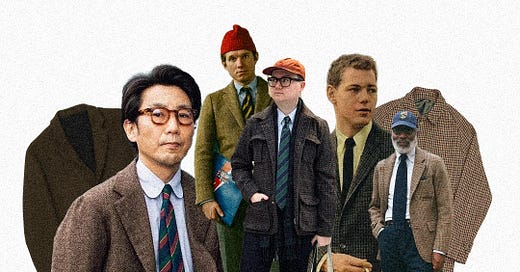


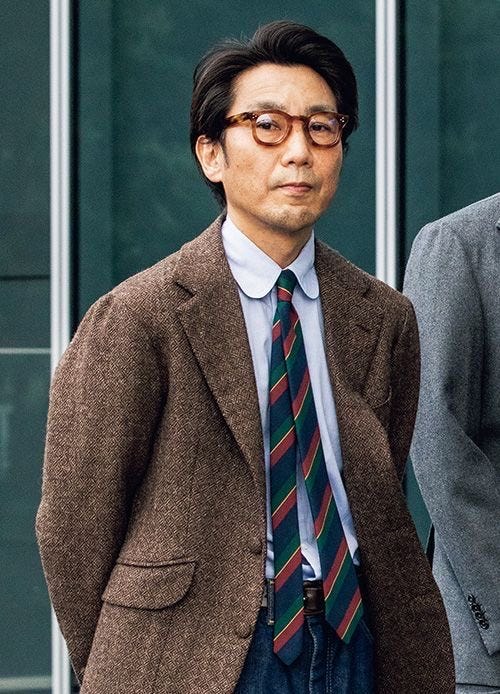
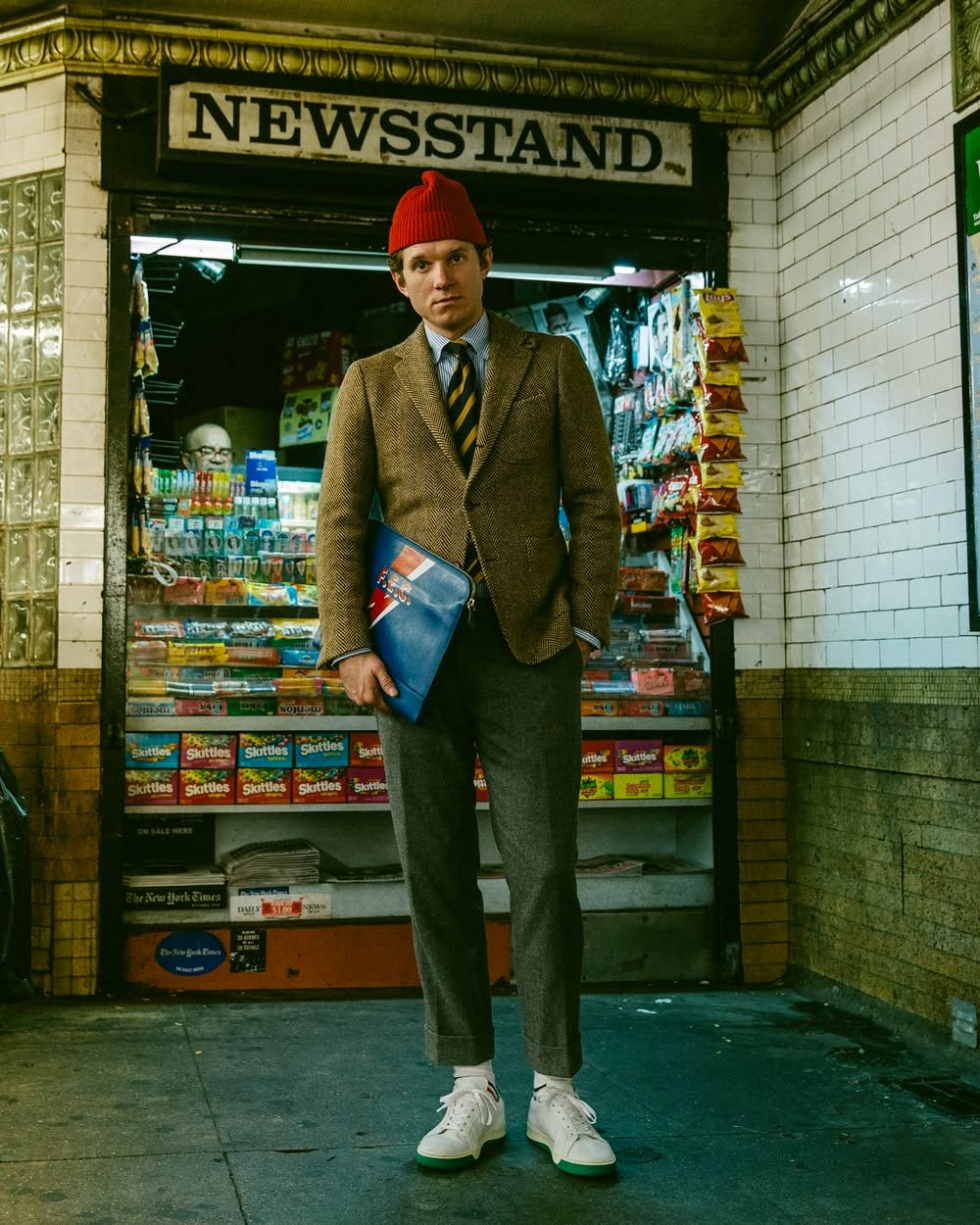
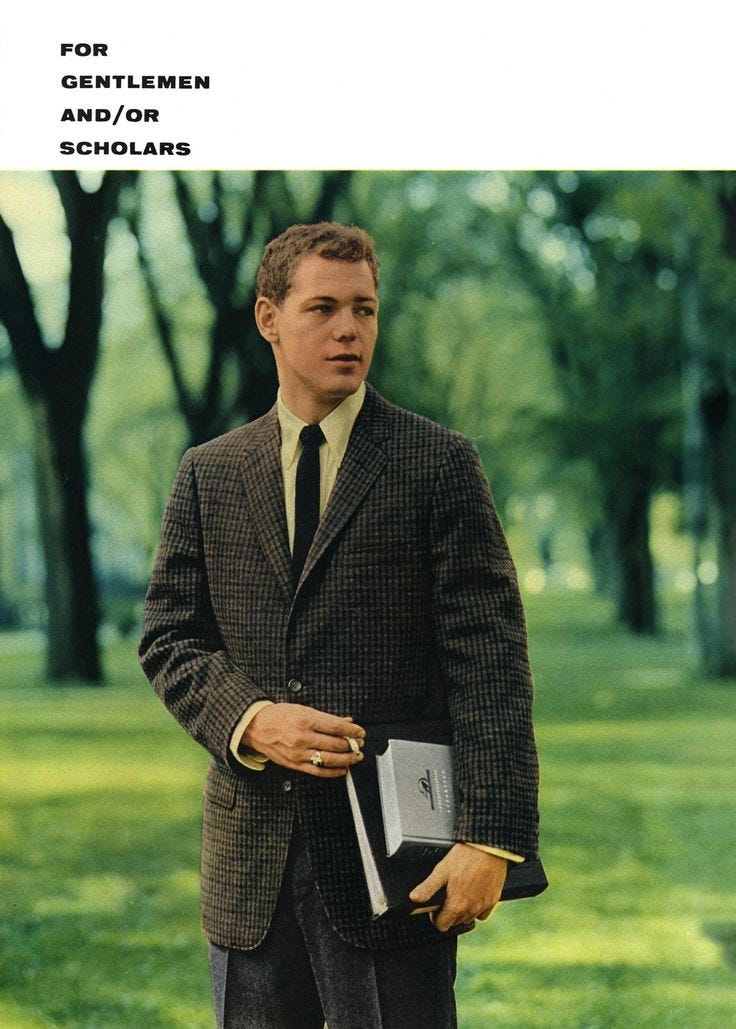

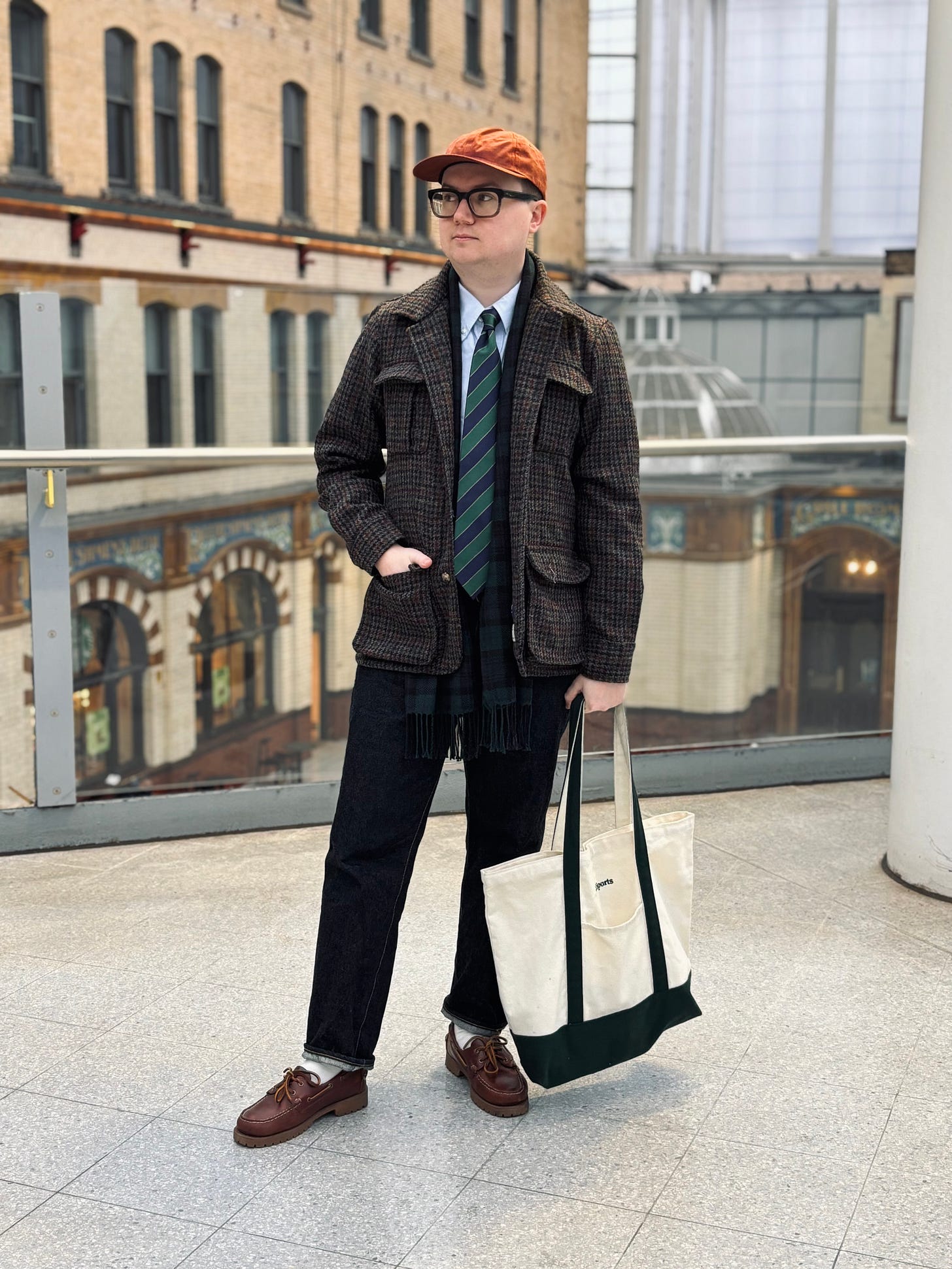
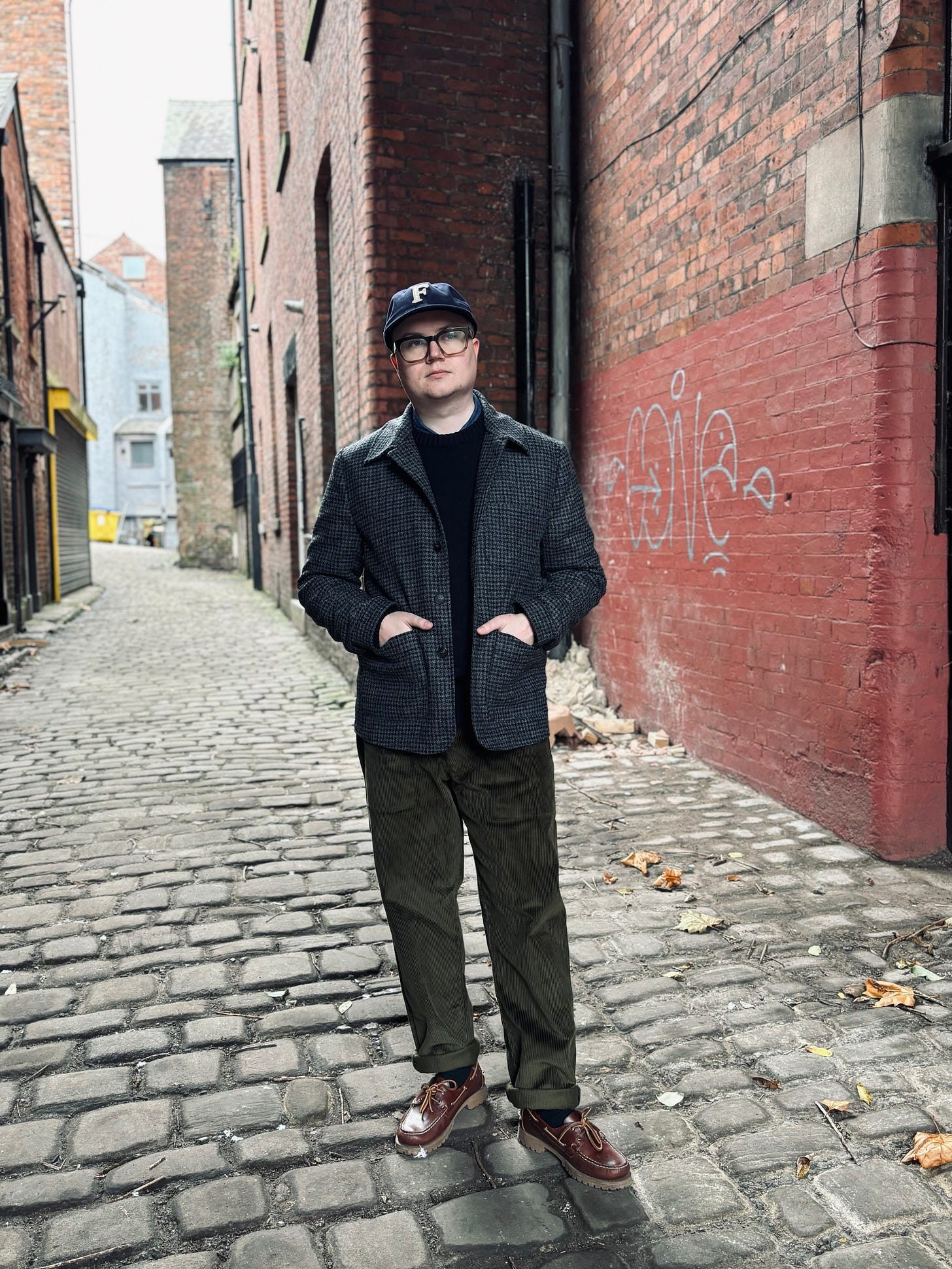
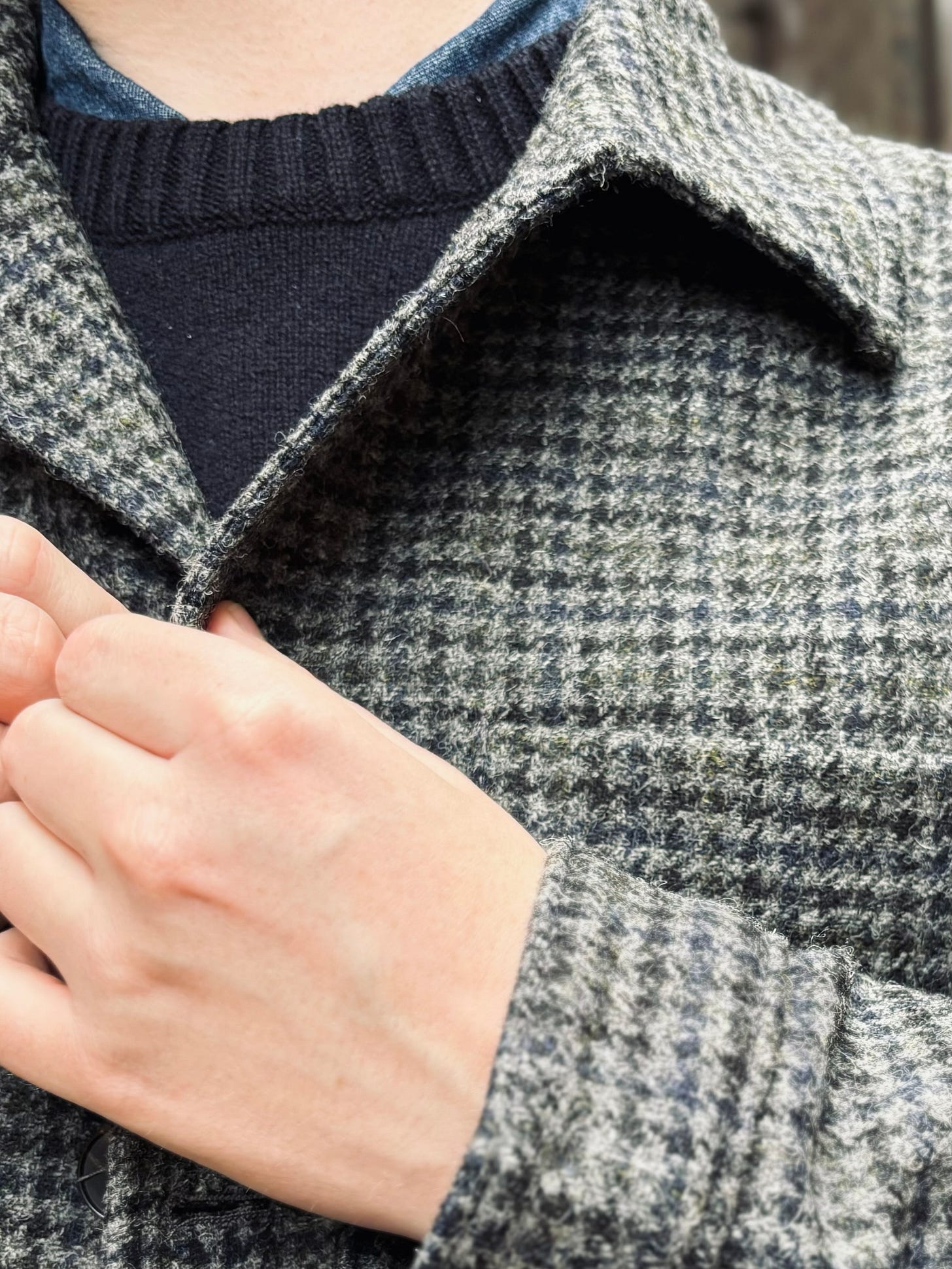
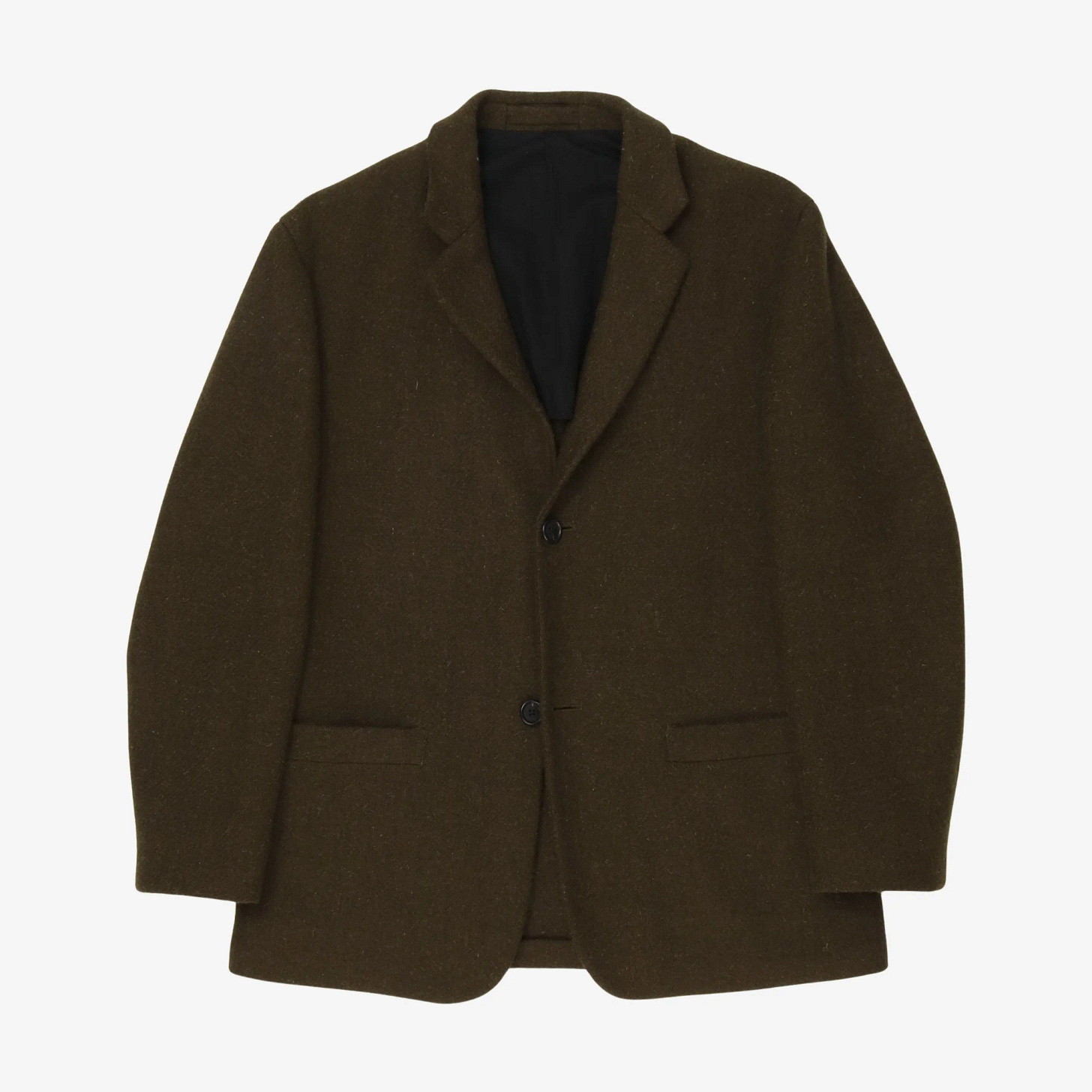
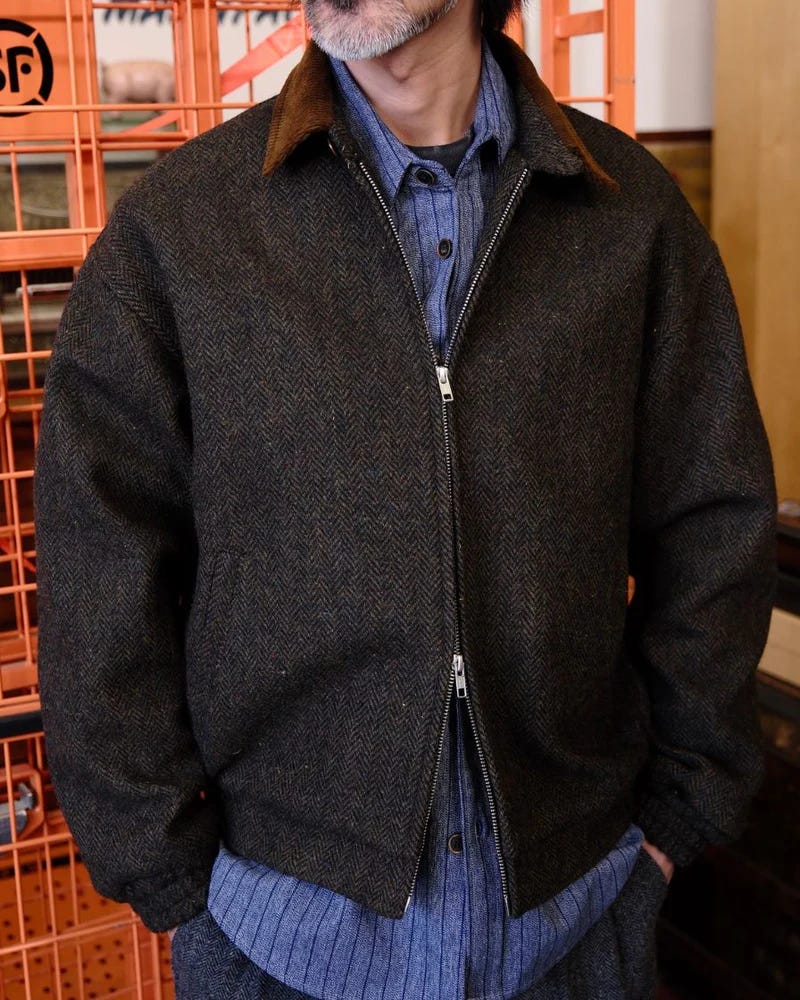
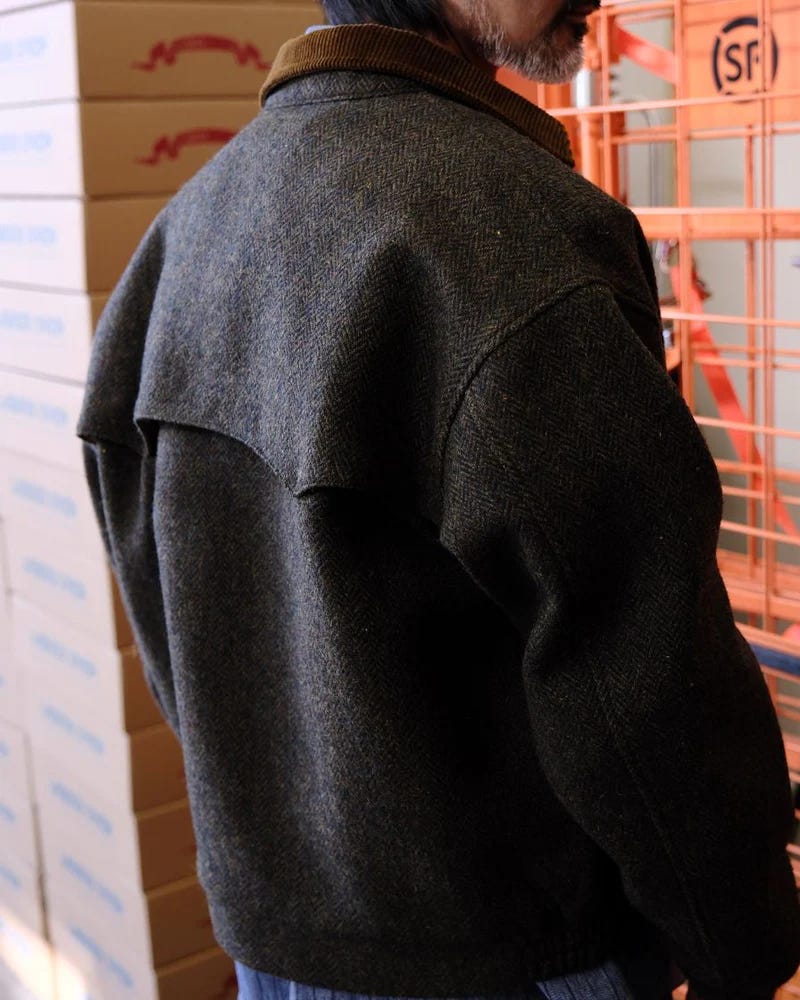

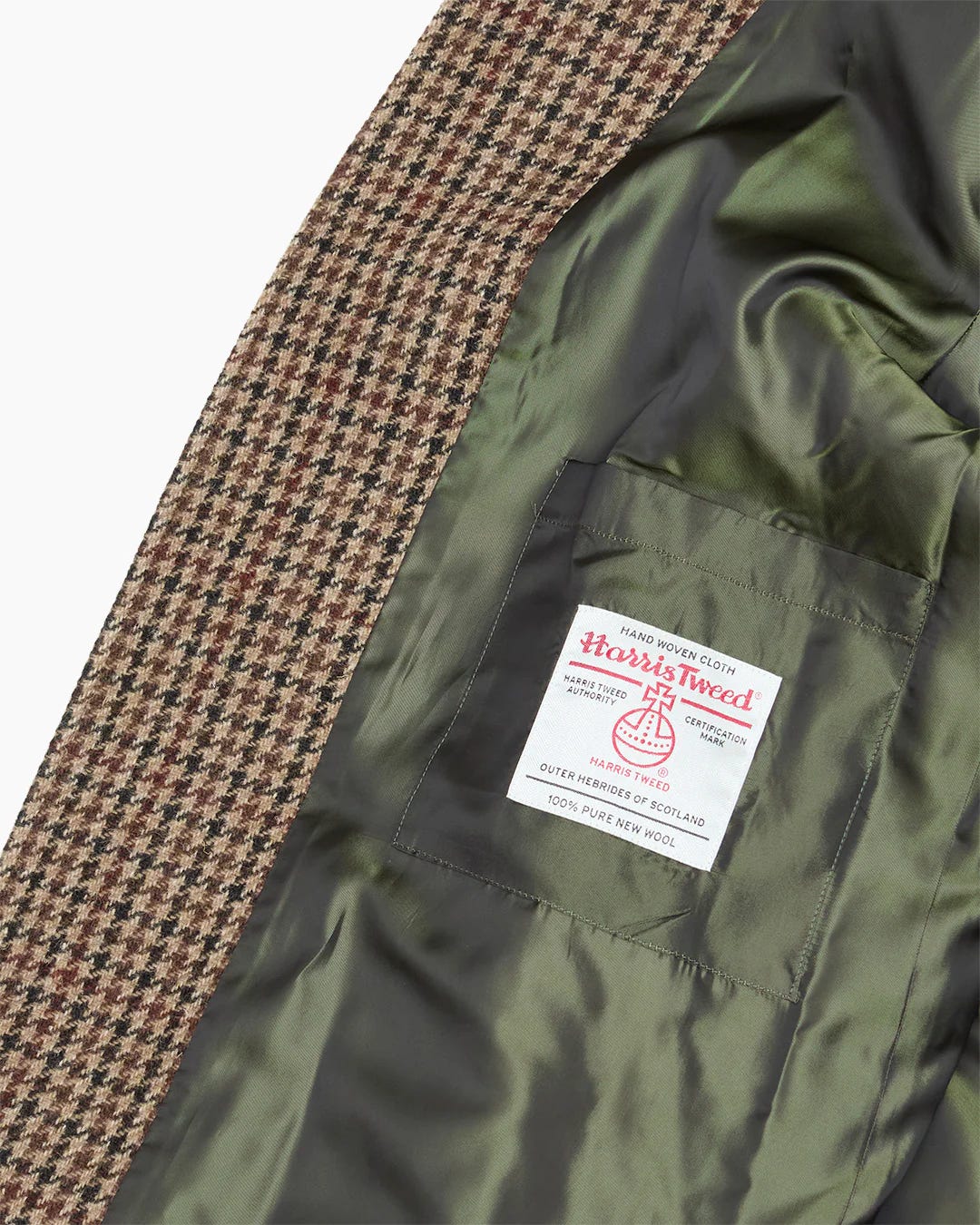
Love this article, and I'm sorely tempted by that Sirplus tweed jacket.
But Tom, talk to me about trousers please. All your photos here and in other articles feature strides with a looser cut than I usually wear, and I like the look. How about an article all about jeans, chinos, trousers, with perhaps options at different price points? I always find my legs are the hardest part to dress! Getting the "look" right is difficult, what are your thoughts?
I just subscribed today. I am glad I found this article because I have been trying to add tweed to my wardrobe. These tips and recommendations are so helpful.